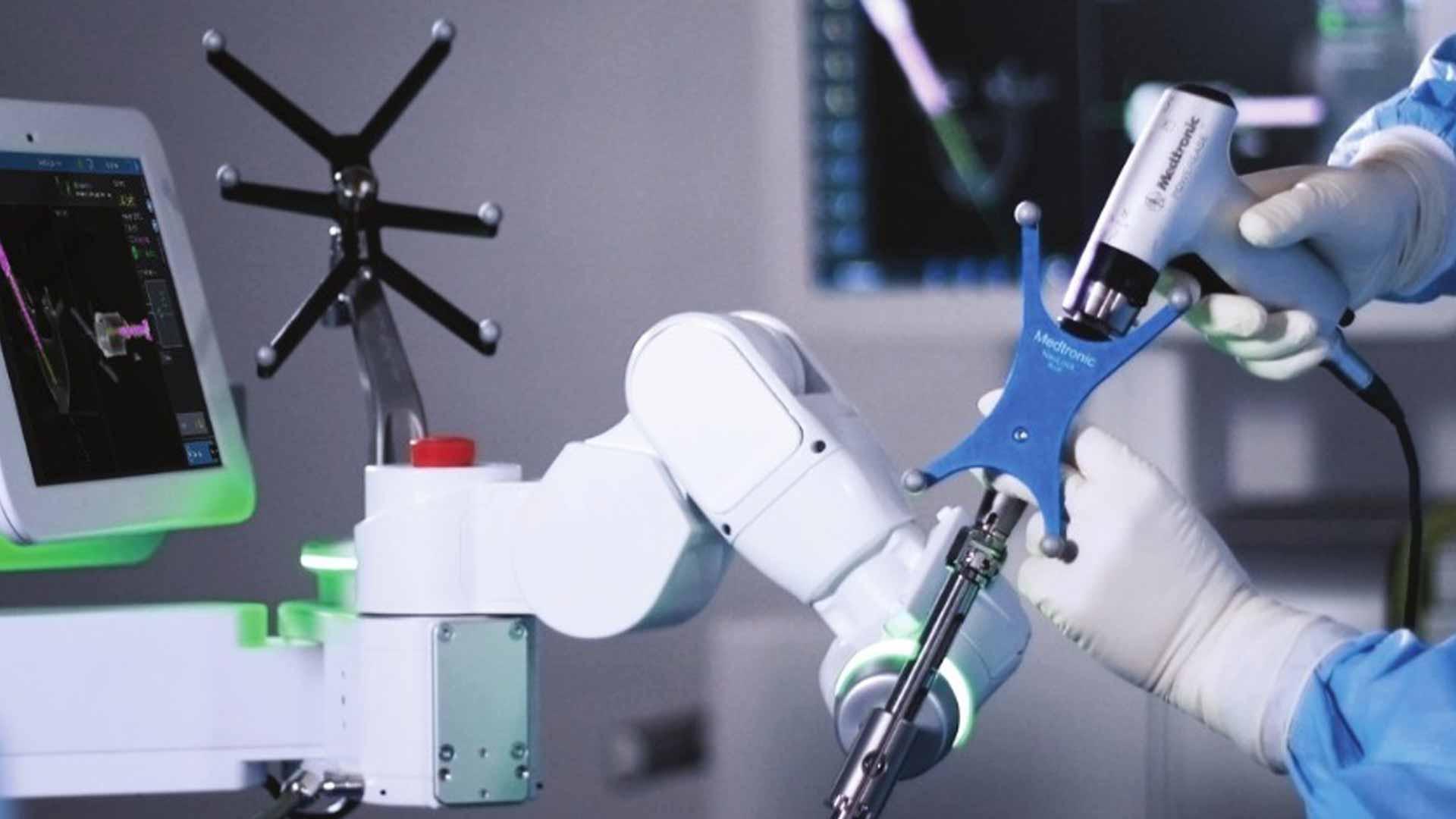Revolutionizing Surgery with Surgical Staplers: A Comprehensive Guide
Surgical Staplers Market and Cost Dynamics
Innovations abound in every aspect of contemporary healthcare, but one outstanding development commands attention: the surgical stapler. These understated yet revolutionary tools have completely changed how surgeries are carried out, revolutionising patient care and recovery. Let's explore the market, pricing, and effects of surgical staplers on healthcare as we shed light on this industry.
The Size and Scope of the Surgical Staplers Market
The surgical staplers market has been experiencing remarkable growth, a testament to their widespread adoption. As of the latest data available, the market is valued at USD 2.54 billion in 2022, reflecting the increasing recognition of their efficiency and benefits in surgical procedures.
Costs of Surgical Staples
A common question that arises concerns the cost of surgical staples. The expense varies based on factors such as the type of surgery, the complexity of the procedure, and the brand of stapler used. Depending on the type of stapler, the quantity, and the medical supply firm, surgical staple prices will change in 2023. But generally speaking, sutures are more expensive than surgical staples.
Costs for surgical staples range from $0.25 to $1.00 per staple. The price of a stapler cartridge, which normally has 10–20 staples, ranges from $10 to $50. The quantity of staples used and the type of stapler chosen will determine the overall cost of surgical staples.
For instance, a linear cutting stapler with a 10-staple cartridge can run you about $25. It can cost roughly $40 to get a skin stapler with a cartridge of 20 staples.
While the initial investment may seem significant, the benefits they offer in terms of reduced surgery time, faster recovery, and improved patient outcomes make them a valuable asset.
The Father of Surgical Stapler
Hümer Hültl, a Hungarian surgeon who has been widely acclaimed as the father of the surgical stapler, is to be credited for inventing the device. In 1908, he created the first surgical stapler. His metal prototype stapler weighed eight pounds. It took two hours to put together and load.
His ground-breaking work opened the door for these instruments to become a crucial component of contemporary surgical techniques, improving accuracy and efficiency.
Stapler Types Used in Surgery
There are several varieties of surgical staplers, each intended for a particular surgical technique. The three most popular types are skin, circular, and linear staplers. While circular staplers are utilised in circular anastomosis, such as in colorectal procedures, linear staplers are used for straight-line incisions and closures. On the other side, skin staplers are used to close incisions on the skin's surface.
FDA Classification for Surgical Staplers
The U.S. Food and Drug Administration (FDA) has regulatory authority over surgical staplers. Due to safety concerns, there has been a greater emphasis on surgical stapler regulation in recent years. With continued efforts to assure their safety and effectiveness during surgical procedures, these devices are categorised as Class II medical devices.
In comparison to Class I devices, they are therefore subject to more onerous regulatory regulations. Before they can be marketed, Class II devices must go through a premarket notification (510(k)) procedure. In order to prove that the device is substantially equivalent to one that has been lawfully sold, data must be submitted to the FDA.
The Power of Surgical Staplers
Surgical staplers are a shining example of innovation pushing advancement in the dynamic field of healthcare. These modest instruments have had a significant impact on patient care, surgical effectiveness, and recovery durations from their inception to their current position in contemporary surgical practises. As the surgical stapler market expands and changes, so too does our capacity to offer surgical procedures that are safer, more effective, and ultimately more successful. The future of surgical staplers is poised to shine even brighter and shape the landscape of surgery for years to come with pioneers like Medtronic (Ireland), Ethicon, Inc. (US), Smith & Nephew Plc (UK), CONMED Corporation (US), and others leading the charge.


